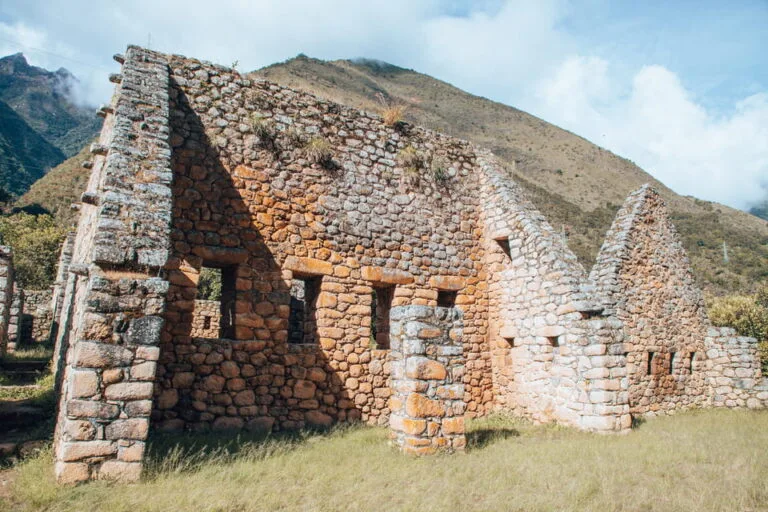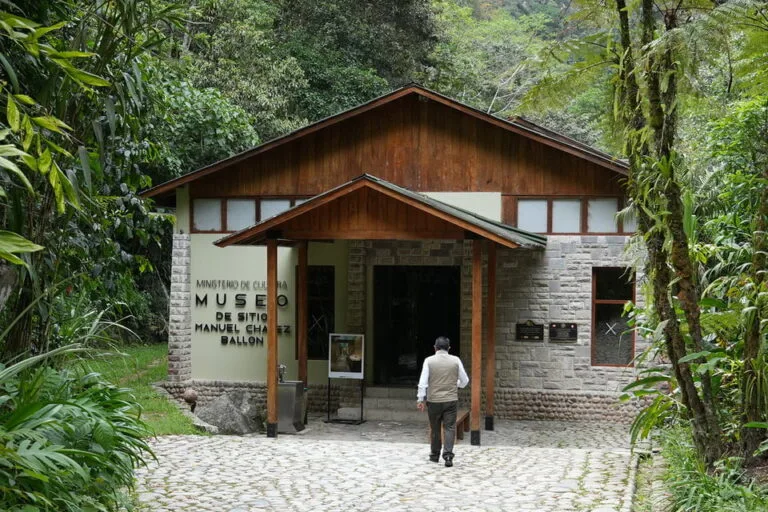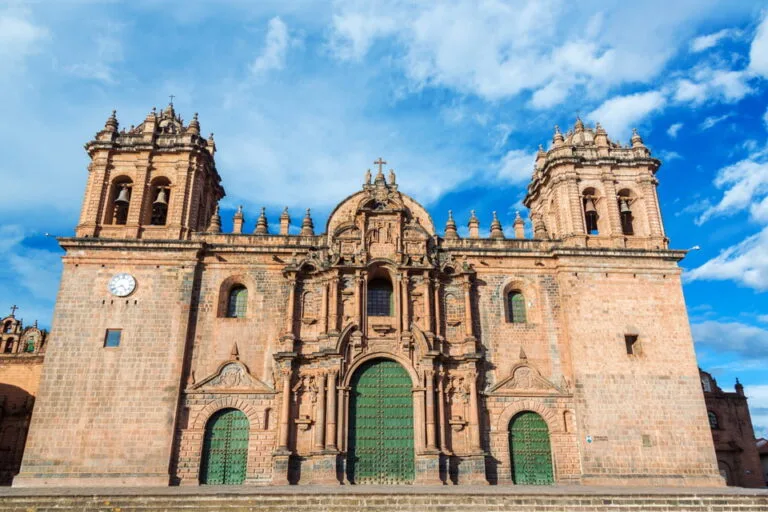Qoriwayrachina, whose name means "where the gold is ventilated" in Quechua, is a fascinating archaeological site located at km 88 of the railway connecting Cusco with Machu Picchu. Although less known than other points on the Inca Trail, Qoriwayrachina is a key location for understanding Inca engineering and daily life. Surrounded by Andean landscapes and steeped in history, this site offers a unique experience for travelers looking to explore beyond traditional destinations.
What is Qoriwayrachina?
Qoriwayrachina is an ancient Inca center that served ceremonial, agricultural, and administrative functions. Located in a strategic spot near the Urubamba River, this site was part of the vast Inca road network known as Qhapaq Ñan.
The complex is notable for its agricultural terraces, residential structures, and an advanced hydraulic system, reflecting the Incas' ability to adapt to mountainous environments and efficiently harness natural resources.
History of Qoriwayrachina
Built during the height of the Inca Empire, Qoriwayrachina was a key checkpoint and agricultural hub in the region. The Incas used it as an intermediate station to manage resources, organize transportation, and perform ceremonies related to water and fertility.
The site is also closely tied to the Inca roads that connected Cusco to Machu Picchu and other major centers. Its location at Km 88 makes it an ideal stop for those wishing to witness Inca ingenuity before continuing toward the more famous wonders of the Sacred Valley.
How to Get to Qoriwayrachina
Qoriwayrachina is accessible from Km 88, a key point for hikers and travelers on the Inca Trail.
- By Train: Take a train from Cusco or Ollantaytambo to Km 88, then hike a short distance to the site.
- By Trail: Qoriwayrachina is also a frequent stop for those beginning the Inca Trail at this section.
Highlights of Qoriwayrachina
Agricultural Terraces
Qoriwayrachina's terraces are a perfect example of Inca capability in adapting agriculture to challenging terrain. These stepped structures not only increased food production but also prevented soil erosion.
Hydraulic System
The site features an advanced network of canals and fountains designed to distribute water efficiently. These structures were both functional and ceremonial, symbolizing the Incas' connection to water as a source of life.
Residential Structures
Qoriwayrachina includes various homes and administrative buildings, suggesting that it was inhabited by people responsible for agricultural and ceremonial activities.
Panoramic Views
The site offers breathtaking views of the surrounding mountains and the Urubamba River, creating a peaceful environment ideal for reflection and connection with nature.
Tips for Visiting Qoriwayrachina
- Prepare for Trekking: Wear appropriate clothing and footwear, as accessing the site involves walking on steep trails.
- Bring Water and Snacks: While the hike is moderate, it's important to stay hydrated and energized during the visit.
- Explore with a Guide: A local guide can provide fascinating insights into Qoriwayrachina’s history and architecture, enhancing your experience.
- Respect the Heritage: Follow local rules and avoid damaging structures. This is a sacred archaeological site that deserves to be preserved.







